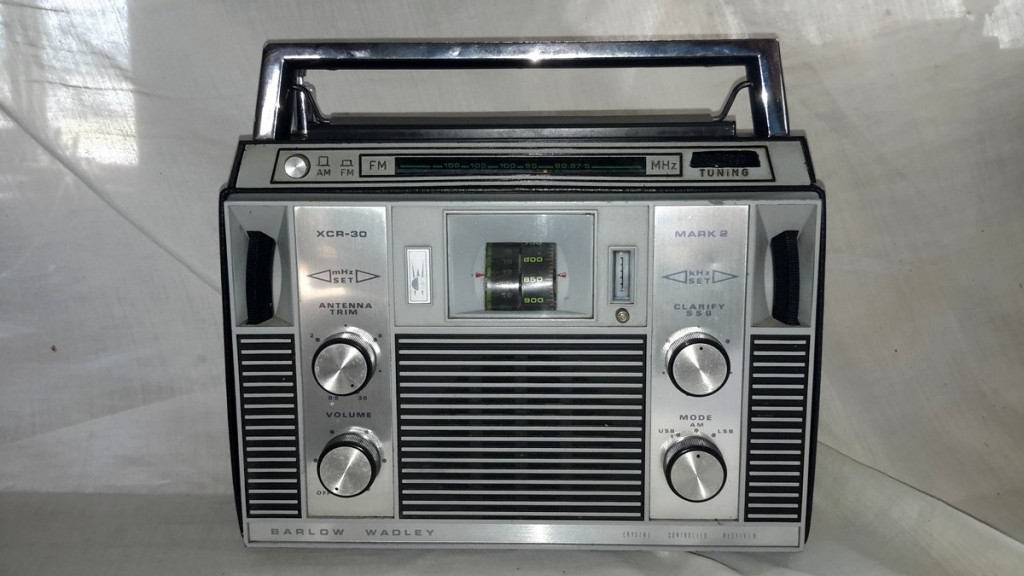 Many thanks to SWLing Post contributor, Aaron Kuhn, who shares the following in-depth article from Tedium.com:
Many thanks to SWLing Post contributor, Aaron Kuhn, who shares the following in-depth article from Tedium.com:
The story of FMX, the wannabe radio standard that was taken out in a very public way
Attempts at standard-building in the radio industry have come up repeatedly over the years, and few of them have stuck, not even in the nobody-knows-about-it way that AM stereo has made its mark.
Perhaps the most fascinating of these attempts to improve the radio signal, however, is that of FMX. Formulated in the late 1980s as a more pristine version of the FM dial, it intended to solve a major problem with FM that had been lingering since stereo had been added in the early 1960s: When you move to the edges of the coverage area, the sound quality gets really low.
As you can probably tell by the fact that it’s generally still a problem in many vehicles today, FMX failed to solve that problem.
But the reason why it failed to solve that problem is more complicated than saying it didn’t work. There were both technical and political issues at play.
The technology, for what it’s worth, did have the right folks supporting it: The brainchild of Tom Keller, an engineer with the National Association of Broadcasters, and Emil Torick, who worked in the same role for the CBS Technology Center, FMX was intended to fix stereo’s weaknesses in low-quality areas. The best part? It was backwards compatible. It would reduce noise and improve the fidelity of FM stations for stereos with upgraded equipment, but those with cheap beater radios would still have the same staticky-in-outlying-areas experience that they did before.
Paul Riismandel, a radio industry observer who co-founded the industry news outlet Radio Survivor, notes that the FMX technology wasn’t the first of its kind. For example, Dolby attempted to bring its noise-reduction technology, common in cassette tapes, to radio stations in the 1970s, but its offering was generally ignored due to the fact that proprietary equipment was needed. (Over at the Internet Archive is a sample of what Dolby FM sounded like during a 1978 Minnesota Public Radio broadcast.)
But FMX likely got further than most due to two factors that became apparent in the 1980s: The fuzziness of radio stations in fringe parts of the broadcast areas, and the pristine sounds of the compact disc, which was becoming popular at the time.
“FMX was a way for radio to compete with this new digital technology and adapt to listener expectations,” Riismandel noted.
But the FMX technology proved controversial within the radio industry due to two separate incidents that cost the technology its momentum.[…]
